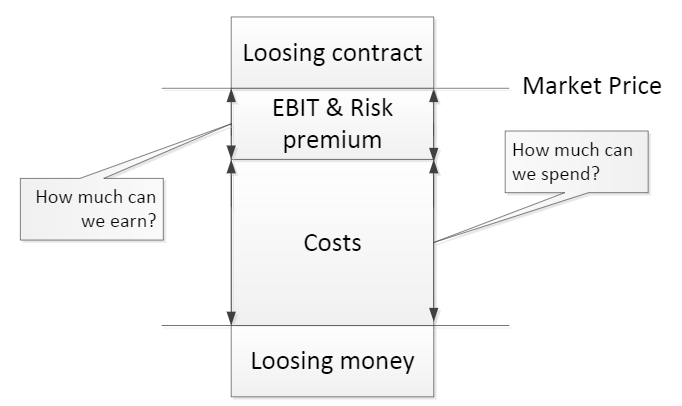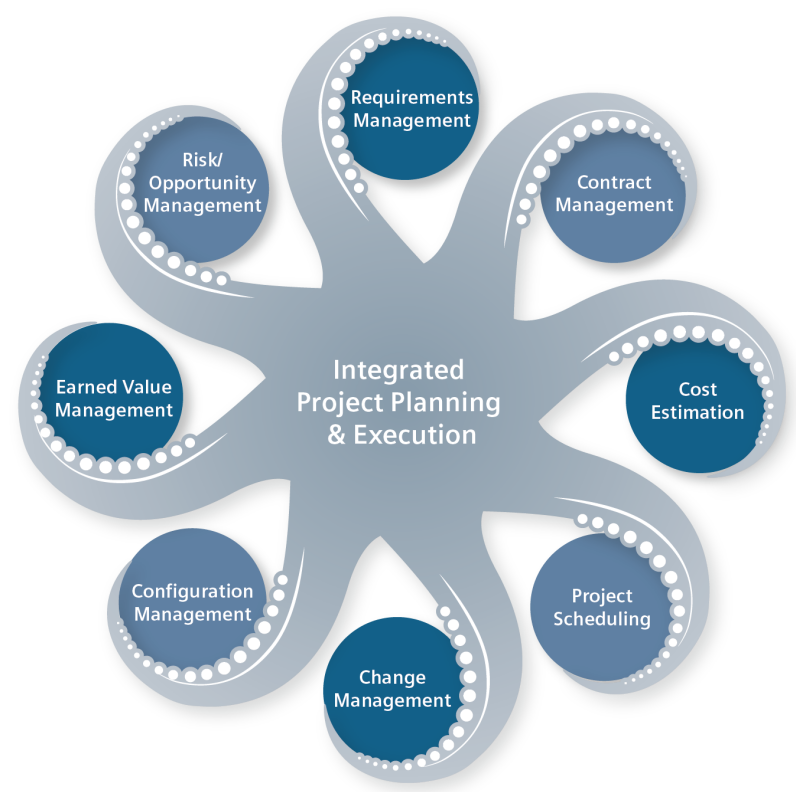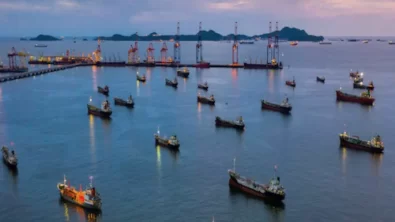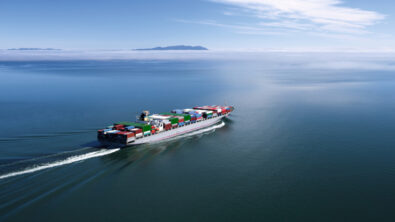Steer your shipbuilding project management to success

Watch the little things; a small leak will sink a great ship.
Benjamin Franklin

Shipbuilding project management in face of unprecedented complexity
“Watch the little things; a small leak will sink a great ship,” said Benjamin Franklin. And a small oversight will sink a great shipbuilding project, one might add.
Building a product as complex as a ship, with its hundreds of thousands of parts, and its constellation of OEMs, design offices, suppliers and subcontractors is a challenging endeavor indeed. It takes an average of two years to build an offshore support vessel, and five to seven years to build an aircraft carrier. In comparison, building a Boeing 777 takes less than 3 months and a Toyota 17 to 18 hours. In addition, no two ships are ever the same. Even sister ships have differences, and these differences in design mean that each shipbuilding project is unique.
Recent years have seen a growing demand for high-tech and high value-added vessels. Navies are asking for adaptable, multi-role vessels that can deal with military operations other than war. For example, vessels providing humanitarian relief and emergency medical care after natural disasters or establishing a helicopter platform for replenishment or evacuation.
At the other end of the spectrum, the yachting and cruising industries demand versatile vessels that can operate in a wide range of conditions, from the Galapagos to Antarctica. Those vessels require high-tech equipment and systems onboard. They need more sensors, more cables, more automation, and more controls. This increased level of complexity translates into unprecedented risks in the design and build processes. If shipbuilders want to remain competitive in today’s saturated market, they must identify risks as early as possible in the project and find ways to keep those risks under control to deliver on time, on budget and on quality.
Costing: dilemma vs reality
At the Norwegian University of Science and Technology (Trondheim), Haakon Shetelig wrote a thesis in Marine Systems Design about “Shipbuilding Cost Estimation“. He describes the shipbuilder’s dilemma as follows:
“The dilemma of the shipbuilder is to decide which starting point to choose to find the newbuilding price; the expected costs of a certain vessel or the expected market price for the same vessel. If a shipbuilder chooses to find the price for a newbuilding with bottom-up pricing [also called costing, is when the price is decided based on the costs], there is a risk of overpricing and then losing a contract. On the other hand, if a shipbuilder uses the market price as the basis [bottom-down pricing, or target costing], the main risk is that the price is too low to cover the expenses.”

Note: EBIT = earnings before interest and taxes
Bids must be both attractive and accurate – if the price is too high, the shipyard may lose business. If it is too low, it will lose money. There are a few other factors impacting the pricing, such as historic deals impacting the market price, supplier prices, etc. As a result, the shipbuilder’s reality is a combination of both approaches whereby the shipbuilder must find the sweet spot between pricing and costing to secure the highest possible profit margin.

Risks must be kept under control to maximize earnings, avoid schedule delays, and ensure that the customer’s requirements are met. Failure to deliver according to the contract terms may lead to penalties and, in some cases, damage the shipyard’s reputation.
Mitigating risks

The only way to manage those risks is to combine cost, schedule and technical requirements in a fully planned, resourced and budgeted end-to-end project management solution. This integrated solution must offer the three following features:
- Integrated planning: Typically, in the marine industry, the work breakdown structure (WBS) forms the basis of the shipbuilding process. At all times the WBS needs to be connected to the technical requirements set by the customer. In that way, shipbuilders can keep track of how any change to the schedule will impact those requirements, and ensure that they are still able to comply with the contract. Having an integrated systems approach to planning and execution is critical for projects as complex as building a ship.
- Integrated bid & risk management: Requirements and risks must be connected from the very beginning of the shipbuilding project, when the shipyard is responding to an IFB (invitation for bids) or an RFP (request for proposals). This will ensure that risks are accurately assessed and clearly communicated to the customer during the bidding process.
- Closed-loop project management: Best practices and lessons learned need to be fed back into the work breakdown structure (WBS), so workflows and processes can be improved continuously.
Introducing the IPPE octopus for shipbuilding project management
To remain competitive in today’s uncertain market, a shipyard must deliver bids that are both attractive and accurate. To this end, having a fully planned, resourced, and budgeted end-to-end project management solution has become critical. Previously, we have highlighted three key features that a true integrated project planning and execution (IPPE) system should offer. However, the full picture looks a lot more like this:

And just like an octopus, your shipbuilding project management system should be robust, yet flexible and adaptable. If implemented correctly, it will enable you to steer your projects to successful completion, however complex they may be. In the digital era, you may even go for a secure cloud-based solution that offers enhanced accessibility, scalability, and flexibility for all project stakeholders.
Now, how can the IPPE octopus help you steer your shipbuilding project management to success? Explore the breadth of the Integrated Project Planning & Execution solution on our website.
About the author: Dr. Deborah Saban-Eppel worked until recently as the Industry Marketing Leader for Marine at Siemens Digital Industries Software. A cleantech and new technologies enthusiast, Deborah came to Marine with an Aerospace background. She holds an MSc in Aerospace Engineering from ISAE-SUPAERO (France) and Cranfield University (UK), and a PhD in Flight Control System Design from Cranfield University. Deborah became the Industry Marketing Leader for Marine at Siemens Digital Industries Software shortly after the acquisition of CD-adapco by Siemens in 2016. She is now a product manager for Teamcenter X.

